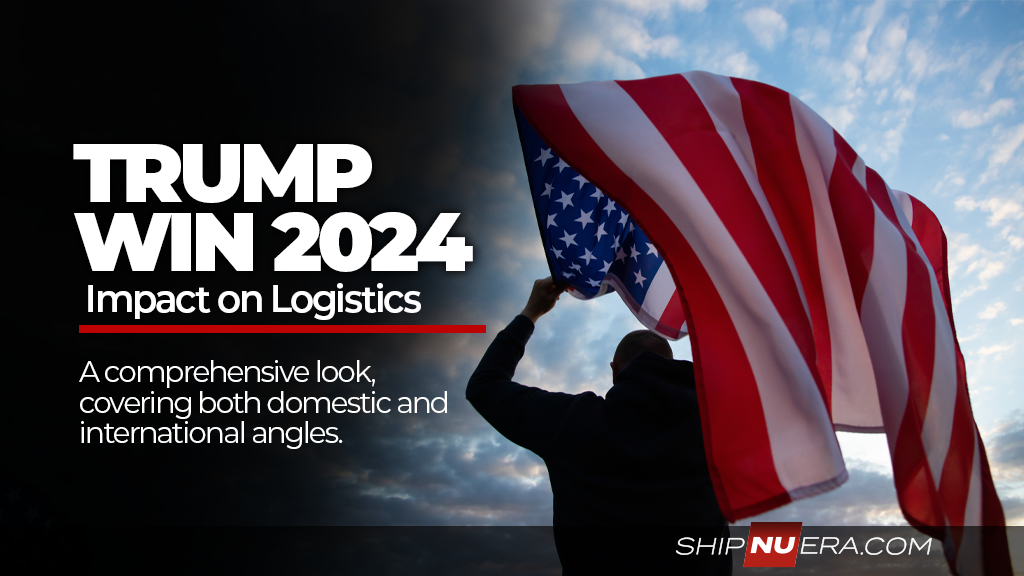Navigating the Complexities of Logistics in Value Chain and Supply Chain
As businesses continue to expand and evolve, so do the complexities of their value chain and supply chain logistics. From sourcing raw materials to delivering final products to customers, every step of the process requires careful planning and execution. As a result, navigating these intricate networks can be overwhelming for even the most seasoned professionals. However, understanding the ins and outs of value chain and supply chain logistics is crucial for businesses to remain competitive in today’s global marketplace. In this article, we will explore the fundamentals of value chain and supply chain logistics, the challenges that businesses face in managing them, and the strategies that can be employed to optimize these processes. Whether you’re a seasoned logistics professional or just starting your journey, this article will provide valuable insights into how to navigate the complexities of value chain and supply chain logistics.
Understanding Value Chain and Supply Chain Logistics
Value chain and supply chain logistics are two concepts that are often used interchangeably, but they are not the same thing. Value chain logistics refers to the series of activities that a company undertakes to create value for its customers. This includes everything from product design to marketing and sales. Supply chain logistics, on the other hand, refers to the process of managing the flow of goods and services from the point of origin to the point of consumption.
In other words, value chain logistics is about creating the product, while supply chain logistics is about getting the product to the customer. Both are important for businesses, but they require different strategies and tactics to manage effectively. Understanding the key differences between the two is the first step in navigating the complexities of value chain and supply chain logistics.

Why Value Chain and Supply Chain Logistics are Important for Businesses
Value chain and supply chain logistics are critical to the success of any business that produces or sells goods and services. Effective logistics management can help businesses reduce costs, increase efficiency and productivity, and improve customer satisfaction. It can also help them respond quickly to changing market demands and stay ahead of the competition.
In today’s global marketplace, value chain and supply chain logistics are more important than ever. Globalization has made it easier for businesses to source raw materials from anywhere in the world and sell their products to customers in different countries. However, this also means that they must navigate complex networks of suppliers, distributors, and customers to get their products to market. Effective logistics management is the key to success in this new era of global business.
Components of Value Chain and Supply Chain Logistics
Value chain and supply chain logistics involve a series of interconnected components that work together to create value for customers. These components include:
- Sourcing and Procurement
This involves identifying and selecting suppliers who can provide the raw materials and other inputs needed to create the product. - Manufacturing and Production
This involves transforming the raw materials into finished products through a series of production processes. - Distribution and Transportation
This involves getting the finished products to the customer through a network of distributors, warehouses, and transportation providers. - Marketing and Sales
This involves promoting the product to potential customers and convincing them to make a purchase. - After-sales Service
This involves providing support to customers after they have purchased the product, such as repairs, warranty claims, and customer service.
All of these components must work together seamlessly to create value for customers and achieve business objectives. Effective logistics management requires careful coordination and integration of all these activities.
Challenges in Value Chain and Supply Chain Logistics
Managing value chain and supply chain logistics is not without its challenges. Some of the most common challenges that businesses face include:
- Complexity
Value chain and supply chain logistics involve a large number of stakeholders, including suppliers, distributors, customers, and transportation providers. Coordinating all of these stakeholders can be difficult, particularly in a global business environment. - Cost
Effective logistics management can be expensive, particularly when it involves international transportation and distribution. Businesses must balance the cost of logistics against the benefits of increased efficiency and customer satisfaction. - Risk
Logistics management involves a certain amount of risk, such as the risk of supply chain disruptions, transportation delays, and quality issues. Businesses must have contingency plans in place to mitigate these risks. - Technology
Logistics management has become increasingly reliant on technology, such as transportation management systems and warehouse management systems. Businesses must invest in the right technology to optimize their logistics processes.
Strategies for Efficient Value Chain and Supply Chain Logistics
Despite the challenges, there are several strategies that businesses can employ to optimize their value chain and supply chain logistics. These include:
- Collaboration
Collaboration between stakeholders is key to effective logistics management. Businesses should work closely with their suppliers, distributors, and customers to ensure that everyone is on the same page. - Lean Management
Lean management involves eliminating waste and inefficiency from logistics processes. This can be done by optimizing transportation routes, reducing inventory, and streamlining production processes. - Automation
Automation can help businesses reduce costs and improve efficiency in logistics management. This can include using robotics in manufacturing, implementing transportation management systems, and using predictive analytics to optimize logistics processes. - Outsourcing
Outsourcing logistics processes can help businesses reduce costs and improve efficiency. This can include outsourcing transportation, warehousing, and other logistics functions to third-party providers. - Continuous Improvement
Continuous improvement involves regularly reviewing and optimizing logistics processes to ensure that they are as efficient and effective as possible. This can involve using metrics and analytics to measure performance and identify areas for improvement.
Advanced Technologies in Value Chain and Supply Chain Logistics
Technology has played a significant role in the evolution of value chain and supply chain logistics. Today, there are several advanced technologies that businesses can use to optimize their logistics processes. These include:
- Blockchain
Blockchain is a distributed ledger technology that can be used to track goods and services throughout the supply chain. This can improve transparency, reduce fraud, and increase efficiency. - Internet of Things (IoT)
The IoT involves connecting physical devices to the internet to collect and share data. In logistics management, IoT sensors can be used to track goods and monitor the condition of shipments in real-time. - Artificial Intelligence (AI)
AI can be used to optimize logistics processes by analyzing data, predicting demand, and automating routine tasks. This can reduce costs, improve efficiency, and increase customer satisfaction. - Robotics
Robots can be used in manufacturing, warehousing, and transportation to automate routine tasks and improve efficiency. This can reduce costs and improve safety in logistics management.
Measuring and Improving Value Chain and Supply Chain Logistics Performance
Measuring and improving logistics performance is critical to optimizing value chain and supply chain logistics. Businesses can use a variety of metrics to measure logistics performance, including:
- On-time Delivery
This measures the percentage of shipments that are delivered on time. - Order Accuracy
This measures the percentage of orders that are fulfilled accurately and completely. - Inventory Turnover
This measures how quickly inventory is sold and replaced. - Transportation Costs
This measures the cost of transporting goods throughout the supply chain.
By measuring these metrics and analyzing the data, businesses can identify areas for improvement and implement strategies to optimize the
Outsourcing Value Chain and Supply Chain Logistics
Outsourcing logistics processes can be an effective way for businesses to reduce costs and improve efficiency. However, it is important to choose the right third-party provider. Businesses should look for providers who have experience in their industry and who can offer a range of logistics services, such as transportation, warehousing, and distribution. They should also have a proven track record of delivering high-quality services and meeting deadlines.
Navigating the complexities of value chain and supply chain logistics can be challenging, but it is critical to the success of any business that produces or sells goods and services. By understanding the fundamentals of value chain and supply chain logistics, the challenges that businesses face, and the strategies that can be employed to optimize these processes, businesses can stay ahead of the competition and achieve their business objectives. Whether it involves collaborating with stakeholders, implementing advanced technologies, or outsourcing logistics processes, there are many ways to optimize value chain and supply chain logistics and improve business performance.
For outsourced help with your Value Chain and Supply Chain logistics requirements – contact our team.
As part of our commitment to Supply Chain Sustainability, Nu-Era Logistics is a proud supporting member of the SmartWay program.

